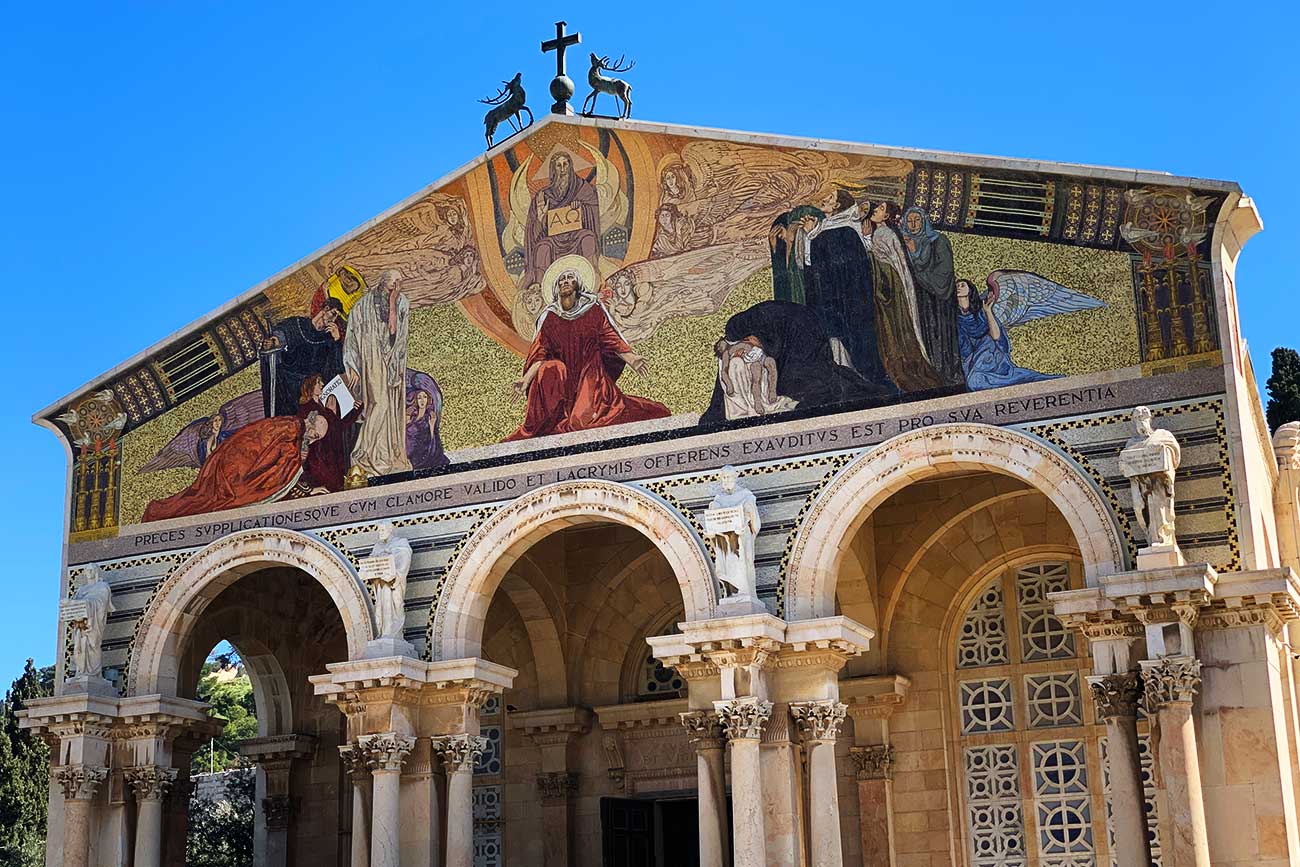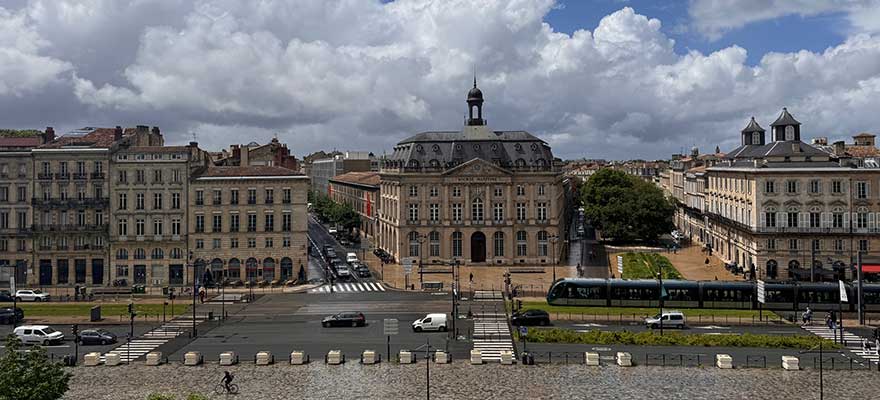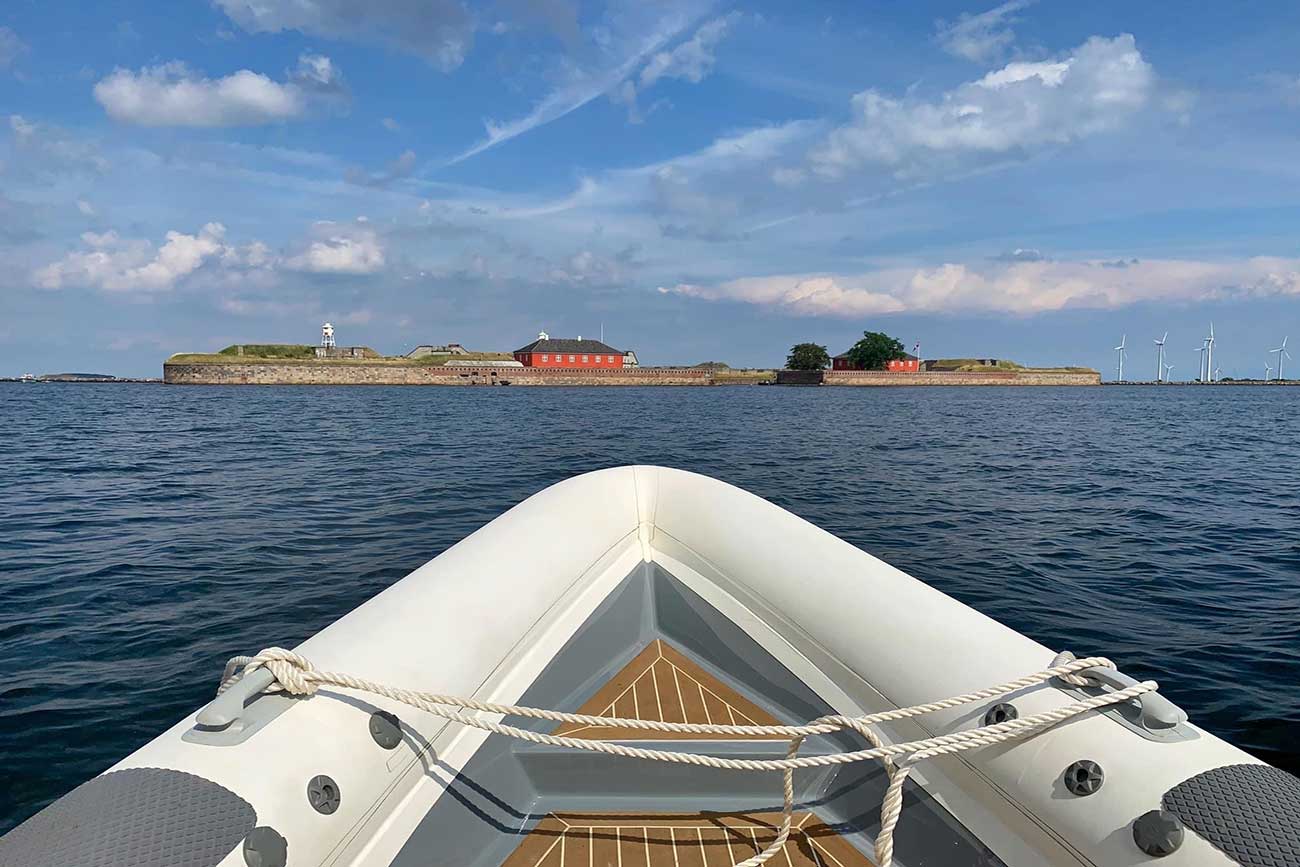As a Christian, visiting the Church of All Nations in Jerusalem has always been a dream of mine. Being able to step into the holy grounds of Gethsemane, where Jesus prayed on the night before his crucifixion, was a spiritual experience that I will never forget. In this article, I will take you on a journey to the Church of All Nations, exploring its history, significance, architecture, and the Garden of Gethsemane that surrounds it.
The Church of All Nations in Jerusalem
The Church of All Nations, also known as the Basilica of the Agony, is a Roman Catholic church located on the Mount of Olives in Jerusalem. It was built in the early 20th century on the site where Jesus is believed to have prayed on the night before his crucifixion. The church is one of the most important Christian sites in Jerusalem and attracts thousands of visitors every year.

The Garden of Gethsemane, where the Church of All Nations is located, is a place of great significance in Christianity. It is believed that Jesus prayed in the garden on the night before his crucifixion, asking God to spare him from the coming ordeal. Judas Iscariot also betrayed Jesus in the garden, leading to his arrest and eventual crucifixion.
The Church of All Nations was built on the site of a 4th-century church, which was destroyed by an earthquake in the 8th century. The current church was built between 1919 and 1924 by Italian architect Antonio Barluzzi and was funded by 12 different countries. The church’s name, the Church of All Nations, reflects this international collaboration.
The Significance of the Church of All Nations in Christianity
The Church of All Nations is a significant place for Christians as it is believed to be the site where Jesus prayed on the night before his crucifixion. The church’s name, the Basilica of the Agony, reflects the agony that Jesus experienced as he prayed in the garden. The church is also significant as it is a place of pilgrimage for Christians from all over the world.
The architecture of the Church of All Nations
 The Church of All Nations is a stunning example of Italianate architecture. The church’s facade is made of stone and features a large mosaic of Jesus praying in the garden. The church’s interior is equally impressive, with a large central nave and beautiful stained-glass windows. The church’s dome is decorated with golden mosaics depicting the four evangelists.
The Church of All Nations is a stunning example of Italianate architecture. The church’s facade is made of stone and features a large mosaic of Jesus praying in the garden. The church’s interior is equally impressive, with a large central nave and beautiful stained-glass windows. The church’s dome is decorated with golden mosaics depicting the four evangelists.
The Presbytery and High Altar: The Rock of Agony
 The most prominent part of the Church of All Nations is the presbytery and the high altar, which are situated behind a large piece of rock believed to be the very spot where Jesus prayed the night before his arrest. This sacred rock, known as the Rock of Agony, serves as a poignant reminder of Jesus’ suffering and the events that would unfold during his Passion.
The most prominent part of the Church of All Nations is the presbytery and the high altar, which are situated behind a large piece of rock believed to be the very spot where Jesus prayed the night before his arrest. This sacred rock, known as the Rock of Agony, serves as a poignant reminder of Jesus’ suffering and the events that would unfold during his Passion.
Surrounding the Rock of Agony is a circle of thorns made of wrought iron, symbolizing the crown of thorns that Jesus would wear during his crucifixion. This powerful visual representation of Jesus’ suffering adds to the emotional impact of the church and provides a space for visitors to reflect on the biblical narrative.
The Garden of Gethsemane and its Connection to the Church of All Nations

The Garden of Gethsemane is a peaceful and serene place, despite its historical significance. The garden is filled with ancient olive trees, some of which are believed to be over 1,000 years old. The garden is also home to several monuments and memorials, including the Tomb of the Virgin Mary. The Garden of Gethsemane is connected to the Church of All Nations as it is believed to be the site where Jesus prayed on the night before his crucifixion.
Tips for visiting the Church of All Nations and the Garden of Gethsemane
If you plan on visiting the Church of All Nations and the Garden of Gethsemane, there are a few things you should keep in mind. First, be respectful of the site’s significance to Christians. The site is considered holy, and visitors should dress appropriately and behave respectfully. Second, be prepared for crowds. The Church of All Nations and the Garden of Gethsemane are popular tourist destinations, so be prepared for long lines and large crowds. Finally, take your time. The site is beautiful and deeply spiritual, so take your time to explore and reflect.
The Church of All Nations has been featured in several films and television shows, including the 1965 film “The Greatest Story Ever Told” and the television series “The Bible.” The church’s stunning architecture and historical significance make it a popular destination for filmmakers and producers.
The Church of All Nations and the Garden of Gethsemane are important sites for Christians and will continue to be so for generations to come. The site is carefully maintained and preserved, ensuring that future generations can experience the same spiritual connection to the site that millions of Christians have experienced over the centuries.
The spiritual experience
Visiting the Church of All Nations and the Garden of Gethsemane was a deeply spiritual experience for me. Being able to walk in the footsteps of Jesus and pray at the site where he prayed on the night before his crucifixion was a humbling and emotional experience. The Church of All Nations is a beautiful and awe-inspiring place, and I encourage anyone who has the opportunity to visit to do so. The spiritual connection that one can experience at the Church of All Nations and the Garden of Gethsemane is truly life-changing.
Whether you are a devout believer or simply an admirer of history and architecture, the Church of All Nations in Jerusalem is a must-see destination that will leave a lasting impression on your heart and mind.












1 comments On Step into the Holy Grounds of Gethsemane: A Journey to the Church of All Nations in Jerusalem
Pingback: Kotor, Montenegro | Exploring The Old Town’s Priceless Treasures | The Poor Dad ()